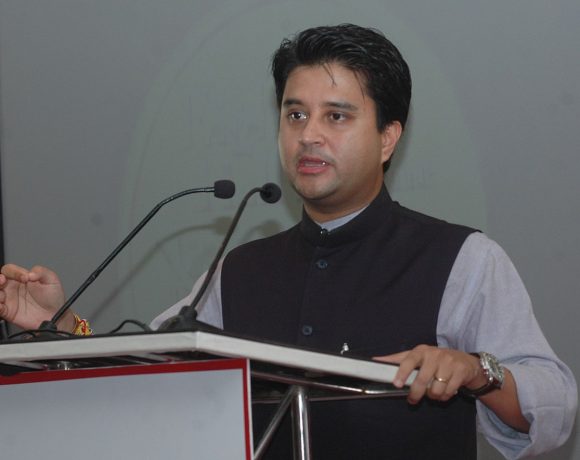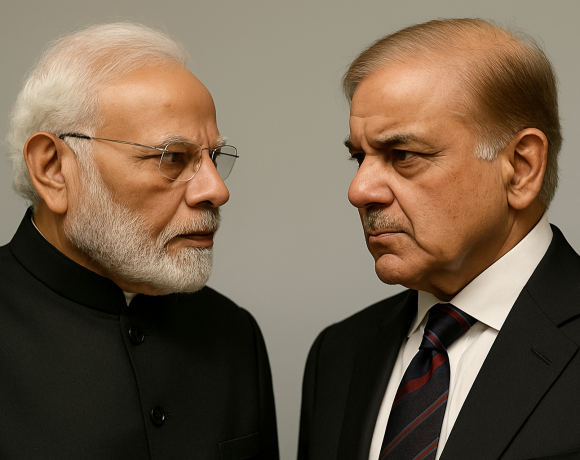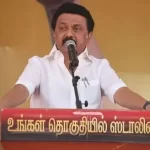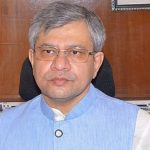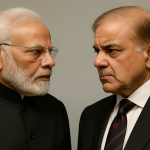PM Modi Dedicates PARAM Rudra Supercomputers and High-Performance Computing System for India’s Technological Advancement
Prime Minister Narendra Modi virtually inaugurated three PARAM Rudra Supercomputers worth ₹130 crore under the National Supercomputing Mission (NSM) on Thursday. These cutting-edge supercomputers, developed indigenously, have been deployed in Pune, Delhi, and Kolkata to advance scientific research across various fields. Additionally, the Prime Minister unveiled a High-Performance Computing (HPC) system designed for weather and climate research, marking a significant milestone for India’s scientific community.
In his address, PM Modi highlighted the remarkable achievement, emphasizing that India is making significant strides in science and technology by prioritizing research and development. “Today’s India is exploring new opportunities in the endless horizon of possibilities,” he remarked. The Prime Minister lauded India’s scientific community for developing the PARAM Rudra Supercomputers and inaugurating ‘Arka’ and ‘Arunika,’ two HPC systems aimed at improving weather and climate research. He extended his best wishes to scientists, engineers, and citizens for this technological breakthrough.
PM Modi dedicated the PARAM Rudra Supercomputers to the youth, recalling his promise of extending 25 additional days for youth development during his third term. He underlined that these advanced machines would play a crucial role in empowering young scientists, contributing to pioneering research in fields like physics, earth sciences, and cosmology, thus shaping the future of science and technology in India.
“In the era of the digital revolution, computing capacity is synonymous with national capability,” PM Modi said, highlighting the critical role of science, technology, and computing in driving economic growth, disaster management, research opportunities, and overall ease of living. He underscored that India’s development in industries like Industry 4.0 must expand beyond bits and bytes to terabytes and petabytes, signaling India’s forward movement in the digital landscape.
The Prime Minister also stressed that India should not merely match global capabilities but aim to serve humanity through scientific research. He highlighted the government’s initiatives, including Digital India, Startup India, and Make In India, alongside the creation of over 10,000 Atal Tinkering Labs to foster scientific temper among future generations. Additionally, he mentioned a research fund of ₹1 lakh crore allocated in the budget to strengthen STEM education and innovation.
Turning to India’s achievements in space and semiconductors, PM Modi celebrated the nation’s bold decisions and new policies, particularly in the space sector. He proudly mentioned India’s recent success in landing near the moon’s South Pole, a feat that exemplifies the nation’s perseverance in space exploration. “India’s Gaganyaan Mission is not just about reaching space; it’s about reaching the limitless heights of our scientific dreams,” he said, also referencing the government’s plan to establish an Indian space station by 2035.
PM Modi emphasized the growing importance of semiconductors, calling them an “essential element of development.” He highlighted the positive outcomes of the India Semiconductor Mission, which aims to strengthen the country’s semiconductor ecosystem and play a pivotal role in the global supply chain. He also pointed out that the newly launched PARAM Rudra supercomputers would further bolster India’s multidimensional scientific growth.
Reflecting on India’s journey from supercomputers to quantum computing, PM Modi said the launch of the National Supercomputing Mission in 2015 has placed India among the global supercomputing leaders. He also highlighted India’s advancements in quantum computing, which is expected to revolutionize various sectors such as IT, manufacturing, and MSMEs, opening new opportunities for startups and positioning India as a global leader in emerging technologies.
The Prime Minister underscored that the ultimate goal of science is not just technological innovation but improving the lives of ordinary citizens. He cited India’s success with the digital economy and UPI, noting that while the nation is advancing in high-tech sectors, it ensures these technologies empower the poor. PM Modi also introduced the ‘Mission Mausam’ initiative aimed at enhancing weather forecasting capabilities. The HPC systems and supercomputers, he said, will provide hyper-local, accurate predictions that will significantly benefit farmers, fishermen, and local communities.
PM Modi also noted that supercomputers would allow for the development of models in AI and machine learning, benefiting various stakeholders and sectors. He drew parallels with India’s 5G revolution and mobile manufacturing boom, which have democratized access to technology across the country. The Make In India initiative, he said, will prepare citizens for future technological advancements, with supercomputers driving new research and ensuring India’s competitiveness on a global scale.
Concluding his address, PM Modi congratulated the nation and encouraged young researchers to maximize these cutting-edge facilities to unlock new domains in science and technology.
Union Minister for Electronics & Information Technology, Shri Ashwini Vaishnaw, also attended the event virtually.




